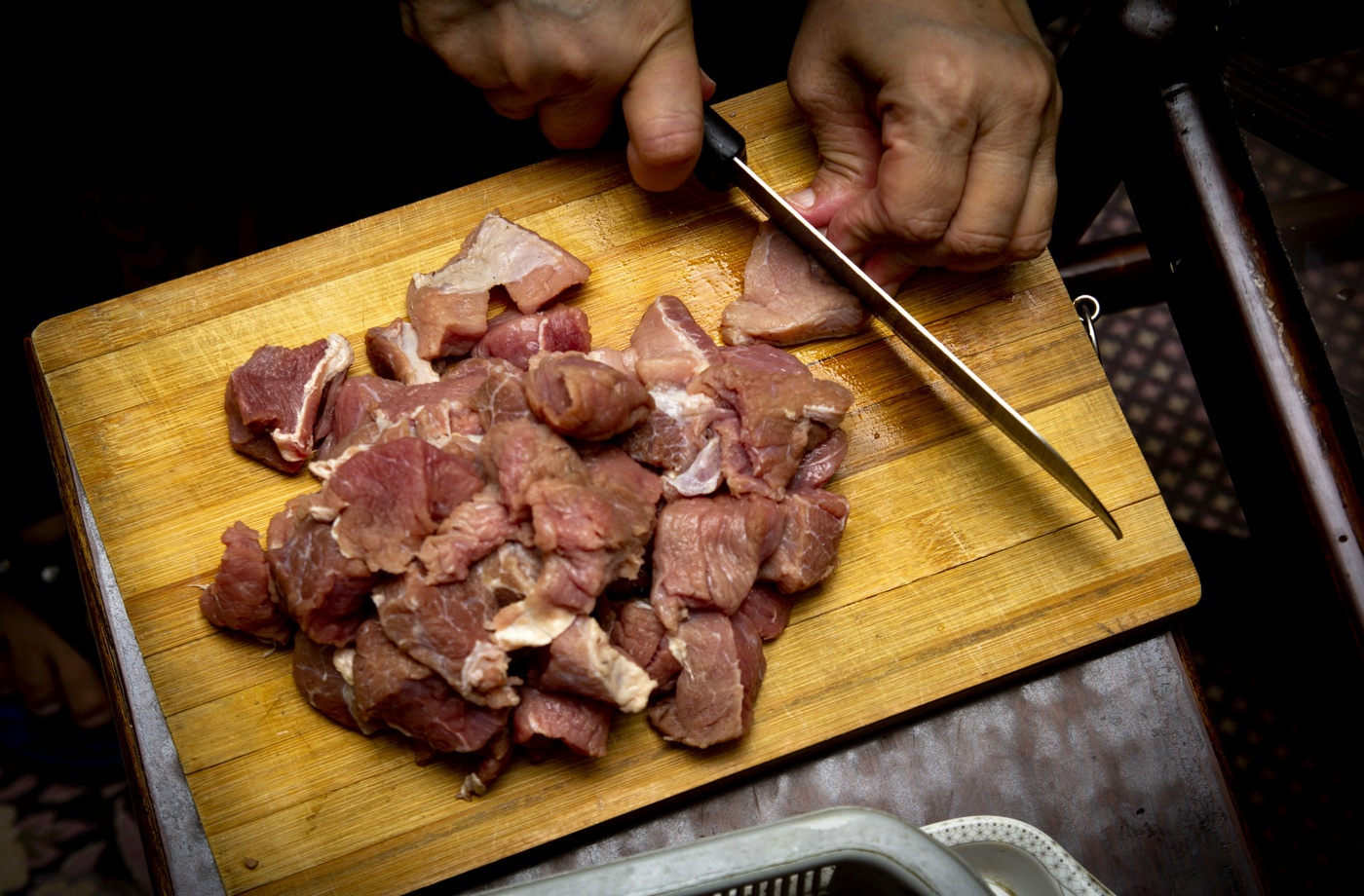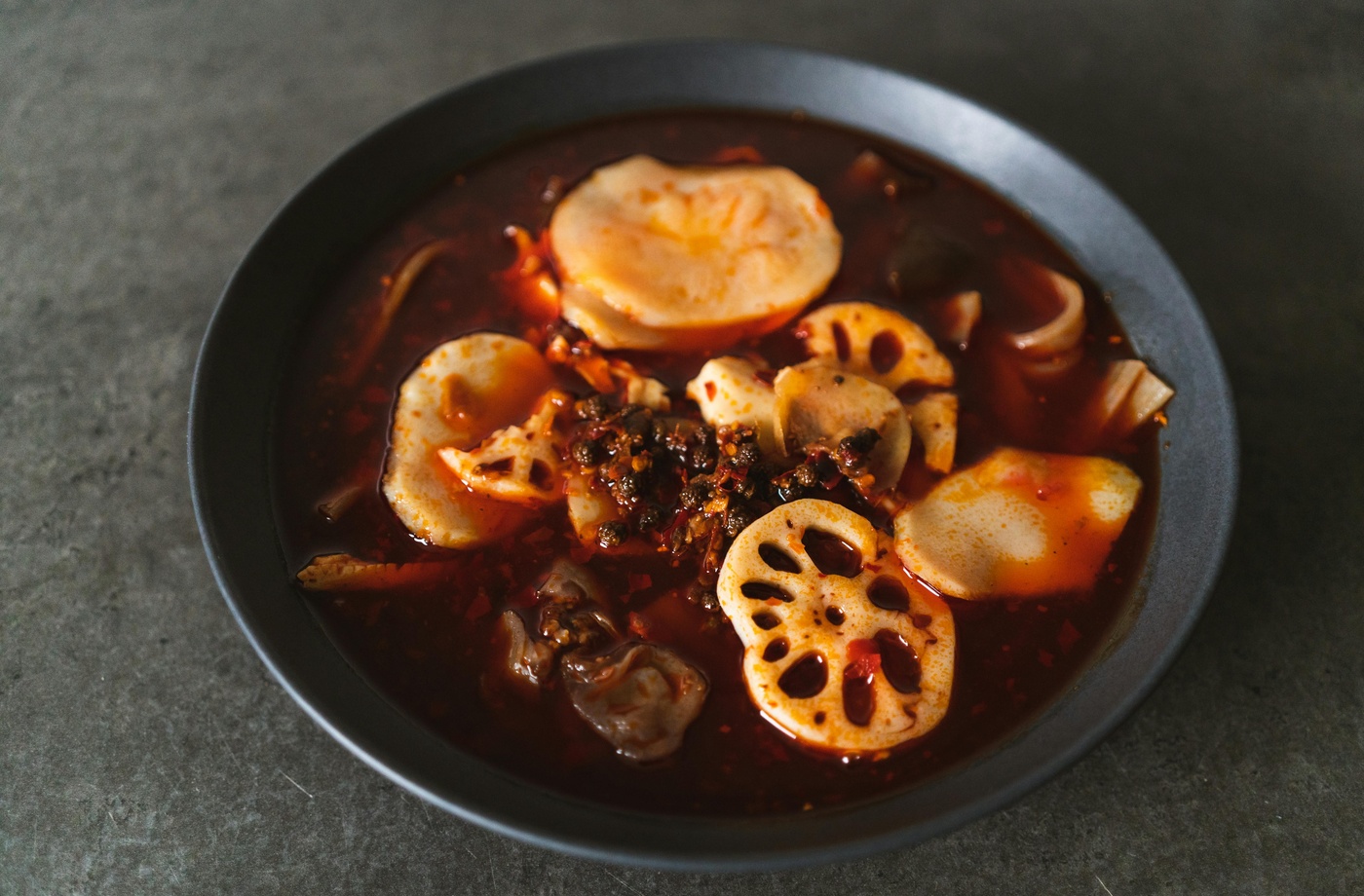Hosting a hotpot night at home is one of the most enjoyable—and interactive—ways to bring people together over good food. It’s customizable, fun, and endlessly satisfying. But if you’ve never hosted before, the prep can feel intimidating. What kind of pot do you need? How do you organize ingredients? What if your guests have different dietary needs? Don’t worry—this guide breaks it down step-by-step so you can host a memorable and stress-free hotpot experience at home.
- Choose the Right Equipment
At the center of any hotpot meal is the pot itself. You have a few options:
- Electric Hotpot Cookers: Devices like the Aroma Housewares Hot Pot or Zojirushi electric skillet are easy to use and widely available.
- Portable Induction Burner + Divided Pot: For more control over heat, induction burners with a split pot allow you to serve two broths—mild and spicy—at once.
- Butane Stove: A budget-friendly option often used in traditional Asian homes.
Make sure your table setup allows for safe, accessible cooking for all guests. Extension cords, trivets, and a heat-safe surface are helpful.
- Select Your Broths
Offer at least two broth types to accommodate different tastes. Popular options include:
- Spicy Sichuan Mala – Infused with chili oil and Sichuan peppercorns
- Mushroom Broth – Umami-rich and vegetarian-friendly
- Tomato Broth – A sweet-savory crowd-pleaser
- Herbal or Seaweed Broth – Light and clear with a delicate flavor
You can make broths from scratch or use ready-made soup bases from H Mart or Weee!.
- Prepare Your Ingredients
To keep things organized, pre-slice, portion, and refrigerate ingredients in trays or bowls before guests arrive.
- Proteins: Thinly sliced beef, lamb, pork, shrimp, tofu, and fish balls
- Vegetables: Napa cabbage, bok choy, mushrooms, taro, lotus root, and spinach
- Carbs: Glass noodles, ramen, udon, and rice cakes
- Add-ons: Frozen tofu, corn rounds, enoki mushrooms, and seaweed
If you’re hosting plant-based guests, label or separate vegan and meat trays to avoid cross-contamination.
- Set Up a Sauce Station
Let guests customize their own dipping sauces. Provide soy sauce, sesame oil, chili oil, sha cha sauce, garlic, scallions, cilantro, vinegar, and peanut sauce. For guidance, check out The Woks of Life hotpot sauce recipes. - Offer Drinks and Light Sides
Keep beverages light and refreshing—sparkling water, jasmine tea, or light beer pair well. Set out a few sides like edamame or pickled vegetables to start the meal while the broth heats up. - Use a Cooking Schedule
Some ingredients take longer to cook than others. Start with root vegetables, corn, and taro, then move on to proteins, tofu, and leafy greens. Remind guests not to overcrowd the pot and to scoop out cooked food before adding more. - Keep It Clean and Safe
- Provide plenty of serving utensils and chopsticks to prevent double-dipping.
- Have extra napkins, hand wipes, and a trash bowl nearby.
- Turn down the burner slightly once boiling starts to avoid splash burns.
- Save on Supplies with Cashback Tools
Buying all your hotpot ingredients and gear? Use cashback apps like Rakuten and Ibotta for grocery and kitchenware savings. You can also earn rewards when purchasing gift cards to stores like Target or Walmart through Fluz.
Hotpot at Home, Made Easy
Hosting hotpot doesn’t have to be complicated. With a little prep and smart planning, you can create a flavorful, communal, and relaxed experience that your guests will talk about for weeks. Plus, when you plan it right, you’ll get to enjoy it just as much as everyone else at the table.



